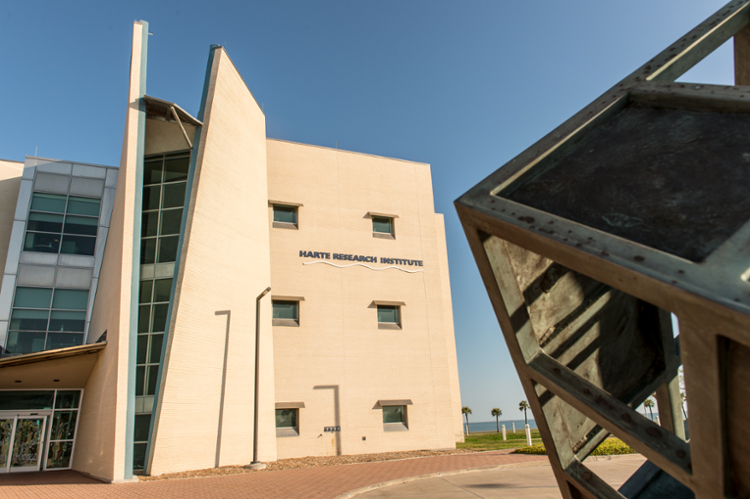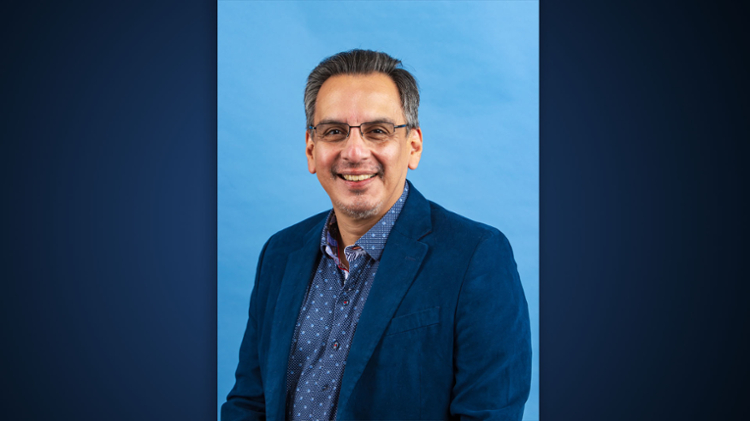TAMU-CC Researchers Secure $1.6 million for Matagorda Bay Mitigation Projects
CORPUS CHRISTI, Texas — Four marine researchers from the Harte Research Institute for Gulf of Mexico Studies and Texas A&M University-Corpus Christi have received over $1.6 million in grants to restore the health and water quality of several local Texas bay ecosystems, and conduct research that will help stave off future environmental problems in these important coastal estuaries.
The Matagorda Bay Mitigation Trust was created as part of a federal Clean Water Act settlement in San Antonio Bay Estuarine Waterkeeper and S. Diane Wilson, vs. Formosa Plastics Corp., Texas and Formosa Plastics Corp., U.S.A. The HRI and TAMU-CC projects were part of a group of 11 chosen for funding during a 2020-2021 proposal award.
The projects were all granted to researchers participating in HRI’s Center for Coastal and Marine Ecosystems (CCME) partnership, which has the goal of educating students from underrepresented groups in coastal and marine ecosystems education, science, and policy. The new project will provide valuable real-life ecosystem research opportunities to several CCME graduate students, enhancing their education and training opportunities.
Dr. Paul Montagna, HRI Chair for HydroEcology and institutional lead for NOAA’s Education Partnership Program’s Center for Coastal and Marine Ecosystems (CCME), said the program not only created opportunities to train the next generation of Texas marine researchers, it was also serving a historically neglected ecosystem on the Texas coast.
“This new Matagorda Bay Mitigation Trust program will benefit coastal communities by putting a focus on the ecosystems comprised of San Antonio, Lavaca, and Matagorda Bays, which have been underserved in the past,” Montagna said.
For information on all the 2020-2021 Matagorda Bay Mitigation Trust project awards, click here.
The HRI/TAMU-CC projects include:
Dr. Jeremy Conkle, TAMU-CC Associate Professor of Chemistry, “Mercury and Plastic in Commercial and Recreational Fisheries in Lavaca, Matagorda, and San Antonio Bays: Risk Assessment and Interaction between the Two Contaminants”— $499,917
Lavaca Bay is a probable source for plastic and mercury, which can be transported to surrounding bays. This study will investigate the prevalence of plastic, measure mercury concentrations, and calculate the selenium:mercury molar ratios in commercial and recreational fisheries (e.g., red drum, black drum, spotted seatrout, shrimp, blue crab, oyster) in Lavaca, Matagorda, and San Antonio Bays.
Dr. Greg Stunz, HRI Endowed Chair for Fisheries and Ocean Health, “Colorado River Delta Ecosystem Assessment: Gathering key baseline data to guide future habitat restoration in Matagorda Bay” — $495,991
This project will complete a comprehensive ecosystem assessment of the Colorado River Delta to develop a comprehensive ecological baseline of the system for future comparison and planning, and design and implementation strategies for habitat restoration aimed at maximizing freshwater inflow and water quality during extended drought. The project involves mapping all benthic habitat, evaluating marsh habitat, quantifying juvenile finfish and shellfish distributions, describing coastal bird habitat use, and a hydrological assessment.
Dr. Michael Wetz, HRI Chair for Coastal Ecosystem Processes: “A research and monitoring program to mitigate the impact of harmful algal blooms on the Matagorda Bay and San Antonio Bay ecosystems” — $478,882
Since 2008, shellfish harvesting in Matagorda Bay and San Antonio Bay has been closed numerous times due to the presence of harmful algal blooms (HABs), an overgrowth of certain algal species that can cause negative environmental impacts. Fish kills have also occurred as a result of HABs. The goal for this project is to implement a HAB monitoring program in Matagorda and San Antonio Bay using high frequency water sampling and an automated, real-time HAB sensor.
Dr. Paul Montagna, HRI Chair for HydroEcology, “Long-term Trends in Lavaca-Colorado and Guadalupe Estuaries” — $159,055
Earlier research found that the abundance, biomass and diversity of seafloor dwelling marine species was declining from 1988-2008 in the Lavaca-Matagorda Bays System. This study will examine if this still happening and why, completing a time series through 2019 in the Lavaca-Colorado and Guadalupe Estuaries and examining monitoring data since 1991 from the Formosa discharge in Lavaca Bay.












